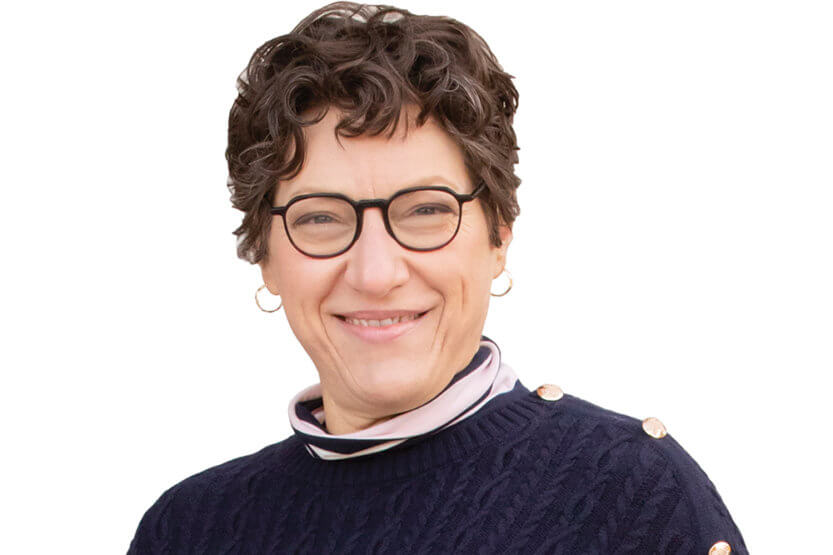In Class: Cloud Rider
 Atmospheric Sciences professor, Sonia Lasher-Trapp (Image by L. Brian Stauffer)
Atmospheric Sciences professor, Sonia Lasher-Trapp (Image by L. Brian Stauffer) A lot of us in atmospheric sciences had early experiences that got us thinking about the weather. I grew up in southern Indiana in an agrarian environment. I was terrified of thunderstorms, especially nocturnal ones. There was a tall ash tree outside of my bedroom window, and if the wind started blowing really strong, it would bend over. When the tree bent over so far, I’d run to Mom and Dad’s bedroom and announce that we all needed to go to the basement. My Mom got tired of this, and she eventually told me, “You know, one of the great ways to overcome a fear is to learn more about it.”
Meanwhile, my father loved to sit on our front porch and watch the daytime thunderstorms roll in. I realized that I wasn’t afraid if I could see what was going on. Then I became curious as to why sometimes we would get strong winds, and why sometimes the storms would make tornadoes, and why sometimes they would make hailstones and sometimes just make lots of rain. And this has been a major focus of my career—understanding how cloud conditions control the amount and kinds of precipitation.
At the beginning of my career, I wanted to study hail. But when I had the opportunity to work with my advisor, who was famous for studying hail, he was instead studying small clouds with no ice in them. Through the years, I’ve moved up to bigger and bigger clouds and storms. Now, I’m finally starting to address some interesting questions about hail and why it forms and what makes it bigger, as well as how hailstorms might change as the climate changes.
In my undergraduate class on cloud physics, we study how precipitation is made. We look at droplets and ice crystals that are one thousandth of a millimeter in size. This can kind of blow the students’ minds. I have a beautiful plaster of Paris cast of a very large, record-setting hailstone [pictured]; I pass it around in class, so students can look at it.
To collect data on smaller clouds, fellow scientists and I fly through the clouds on government research aircraft. We have probes mounted on the undersides of the aircraft wings, and we fly through the clouds as they develop. We measure particle shapes and sizes, as well as the temperature and wind speeds inside the clouds. However, we can’t fly research aircraft directly into thunderstorms. The motions inside the storms are crazy compared to smaller clouds. They can actually regenerate themselves or generate new storms. For them, we use ground-based radar data.
I run lots of computer models of clouds and storms. One time, I asked the Ph.D. student who was working with me to examine the core of one supercell thunderstorm and, using visualization software, to color where the wind was entering the storm and where it was leaving. We found the usual aspects—most of the air was coming into the storm’s base and most of it was exiting at the top. But in the middle, we found “ribbons” of air overturning in a vertical circle, wrapping around the storm’s core and climbing up the side. It looked like a barber pole. [Visit slasher.web.illinois.edu.] No one’s really found that before.
Edited and condensed from an interview on Nov. 17, 2021.


